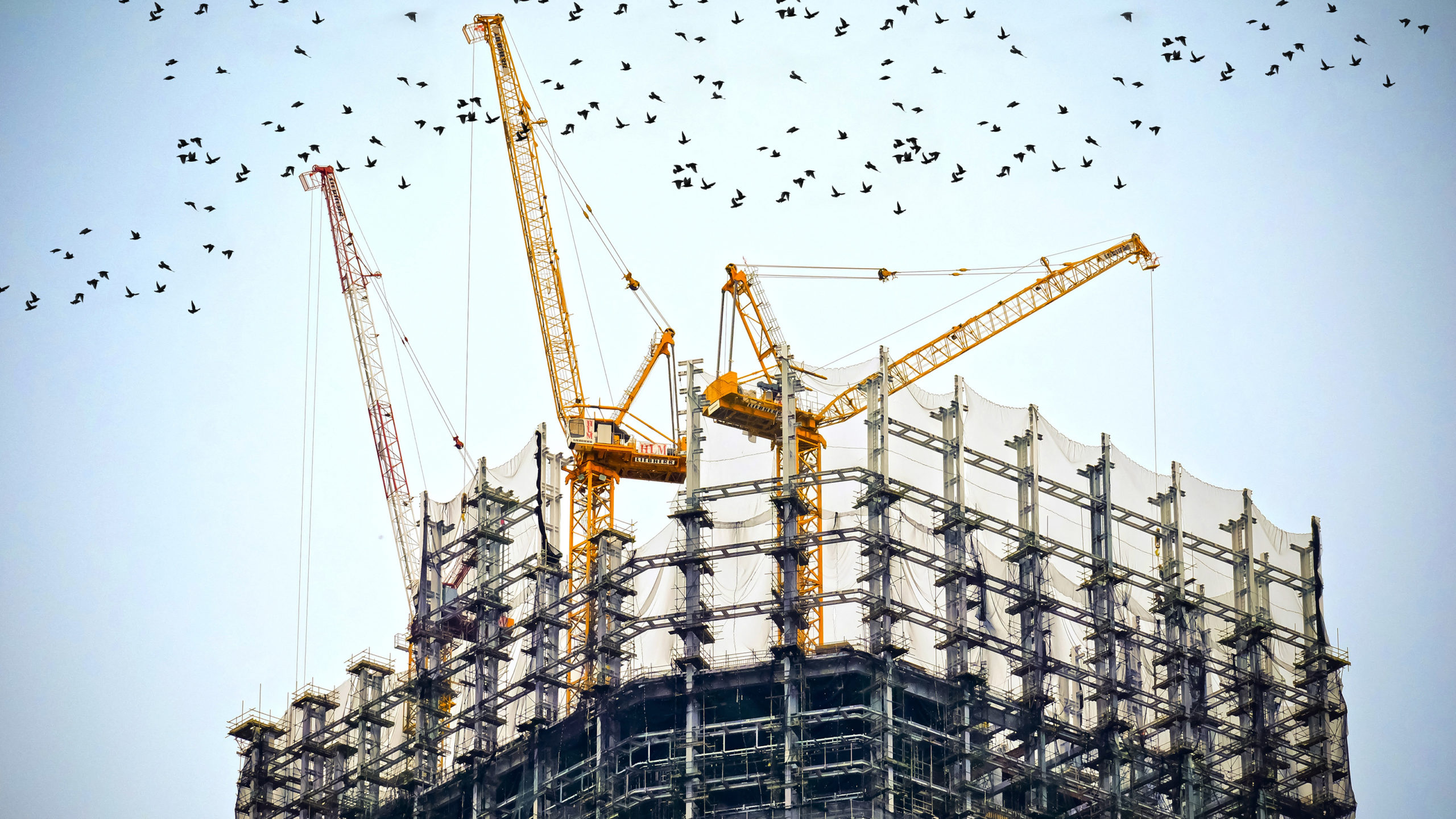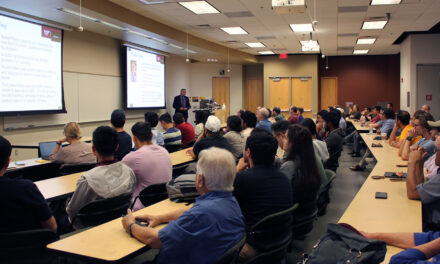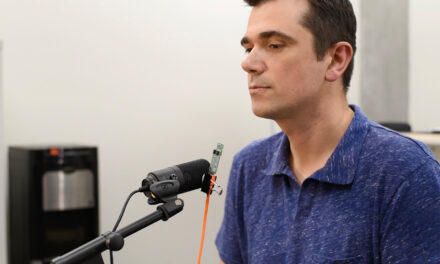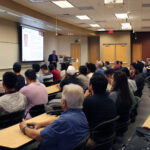
Fulton Schools faculty take a constructive view of COVID-19
Governor's stay-at-home order cites construction as an essential activity

Above: Recent measures to mitigate COVID-19 are raising questions about construction worker safety and the future of the industry. Photo courtesy of Pixabay
Arizona’s efforts to combat the novel coronavirus can be viewed as a structure assembled in stages.
The declaration of a public health emergency and the closure of schools laid the foundation in mid-March. The framework was soon erected with proclamations to cancel large gatherings of people and encourage teleworking; it was made sturdy when gyms and movie theaters closed and restaurants shifted to takeout-only service. Then the roof went on when Arizona Gov. Doug Ducey issued a “stay-at-home” order on March 30 to cease all but essential activities across the state.
According to the governor’s order, essential activities range from health care provision to food distribution — and also construction. Consequently, work continues on building sites across the state, but there are questions about worker safety and future prospects for the industry
“Most municipalities are requiring updated site-specific safety plans to address COVID-19,” said Tony Lamanna, the Sundt Professor of Alternative Delivery Methods and Sustainable Development in the Ira A. Fulton Schools of Engineering at Arizona State University. “For example, Phoenix issued a letter on March 27 giving contractors a week to reevaluate their work site safety plans and resubmit them to the city engineer. But many contractors have already been addressing this issue, for the basic reason of taking care of their employees.”
According to Professor Edd Gibson, the Sunstate Chair of Construction Management and Engineering for the Fulton Schools, “Construction is better positioned to address this situation than a lot of other sectors. People in this industry expect to wear protective equipment such as masks and gloves, and they are attuned to mitigating hazards on a day-to-day basis.”
Even so, extra vigilance may be required if coronavirus infection rates and death totals rise as expected during the coming weeks. Following the example of newly implemented procedures in New York City and other metropolitan areas that are further along in efforts to combat COVID-19, Phoenix construction projects could soon require the medical screening of workers before each shift and regular site disinfections. Additionally, only specific types of construction may be allowed to continue.
“Construction as a whole won’t remain exempt from government orders,” Gibson said. “When conditions become bad enough in any given area, local authorities are going to narrow the range of permitted work. Certainly, medical facility development and utilities projects will continue. Also, emergency repair or maintenance work directly related to public safety, such as flood-control measures, will go ahead.”
Conversely, new residential and retail projects across Arizona could be postponed or canceled, with significant economic consequences. But any cessation of work does not appear imminent.
“Midsize to large construction companies have been functioning with an 18- to 22-month backlog of work,” Lamanna said. “So, even with no new projects starting, they will be busy for a while. My design contacts in the Phoenix area have said they are busier than ever.”
The ultimate impact of COVID-19 on Arizona construction depends on multiple factors, not least the duration of official measures to combat the virus.
“If this pandemic is handled within a few months, it will likely be just a small blip for the construction industry,” Lamanna said. “But if it continues and the backlogs of work run out, the industry will take even longer to bounce back. Because even when the pandemic is over, business owners need to feel confident that they have the money to build something.”
Both Lamanna and Gibson also believe that COVID-19 could represent an inflection point for labor supply in the field of construction.
“We saw many mid-career professionals leaving the industry during the Great Recession of 2008, and they never came back,” Lamanna said. “Now older folks are starting to retire, so we are facing another gap in talent. An extended pandemic would likely cause even more mid-career people to leave.”
Gibson added that lack of labor has been driving a structural transition for the construction industry.
“Aspects of construction have been moving into a factory setting with a smaller, dedicated workforce and more automation. Their output is modular components that can be transferred to job sites for rapid installation,” Gibson said. “This shift has been in progress for several years, but the impact of current events likely will speed it up.”
Simultaneously, crisis creates opportunities that many companies are seizing. Gibson points out that a key success factor for any construction business is the ability to manage supply chains, and that skill is invaluable both immediately and moving into the future.
“If you are supporting the likes of General Motors, trying to refit factories to build ventilators, you are working 24 hours a day right now,” Gibson said. “As well, the U.S. Army Corps of Engineers has been tasked with converting a huge number of sites across the country into temporary hospitals. And a lot of that work is being done by construction companies because they have the necessary logistics capabilities.”
Gibson also notes that when immunization solutions are developed for this virus, construction companies will be called upon to install equipment and reset production lines as pharmaceutical facilities are refurbished for manufacturing new drugs.
“COVID-19 will represent a significant challenge for construction,” Gibson said. “But we all can build on things that we are learning in the midst of this crisis. And in the end, I believe our industry will emerge even stronger than it is now.”



































